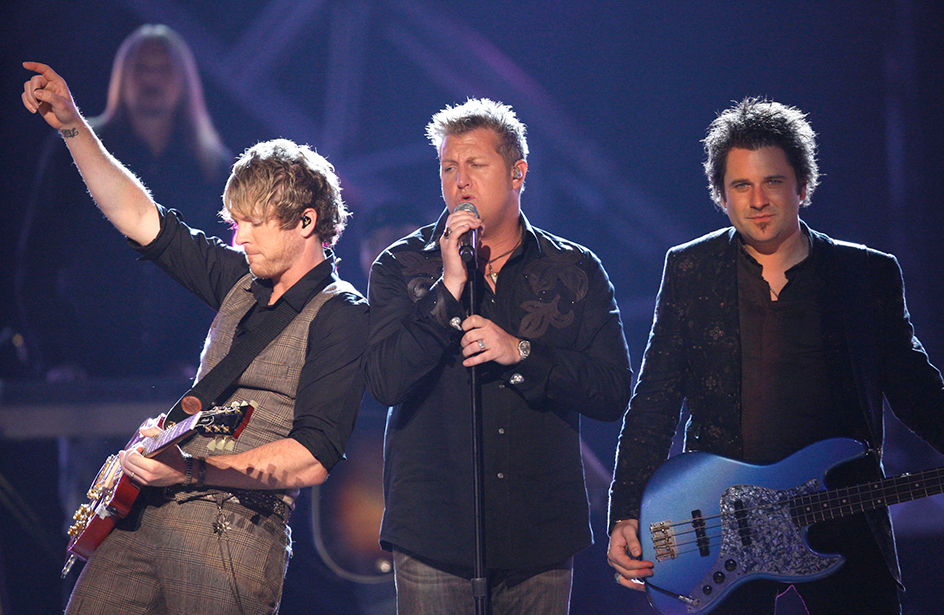Country music is a type of American popular music that developed in the southern United States and Appalachian Mountains during the 1800’s. It combines elements of Anglo-Celtic (English-Irish) and Anglo-American (English-American) folk music, blues, gospel music, and popular songs. Country music is sometimes called country and western music, though this term refers specifically to music influenced by the traditions of the southwestern United States.
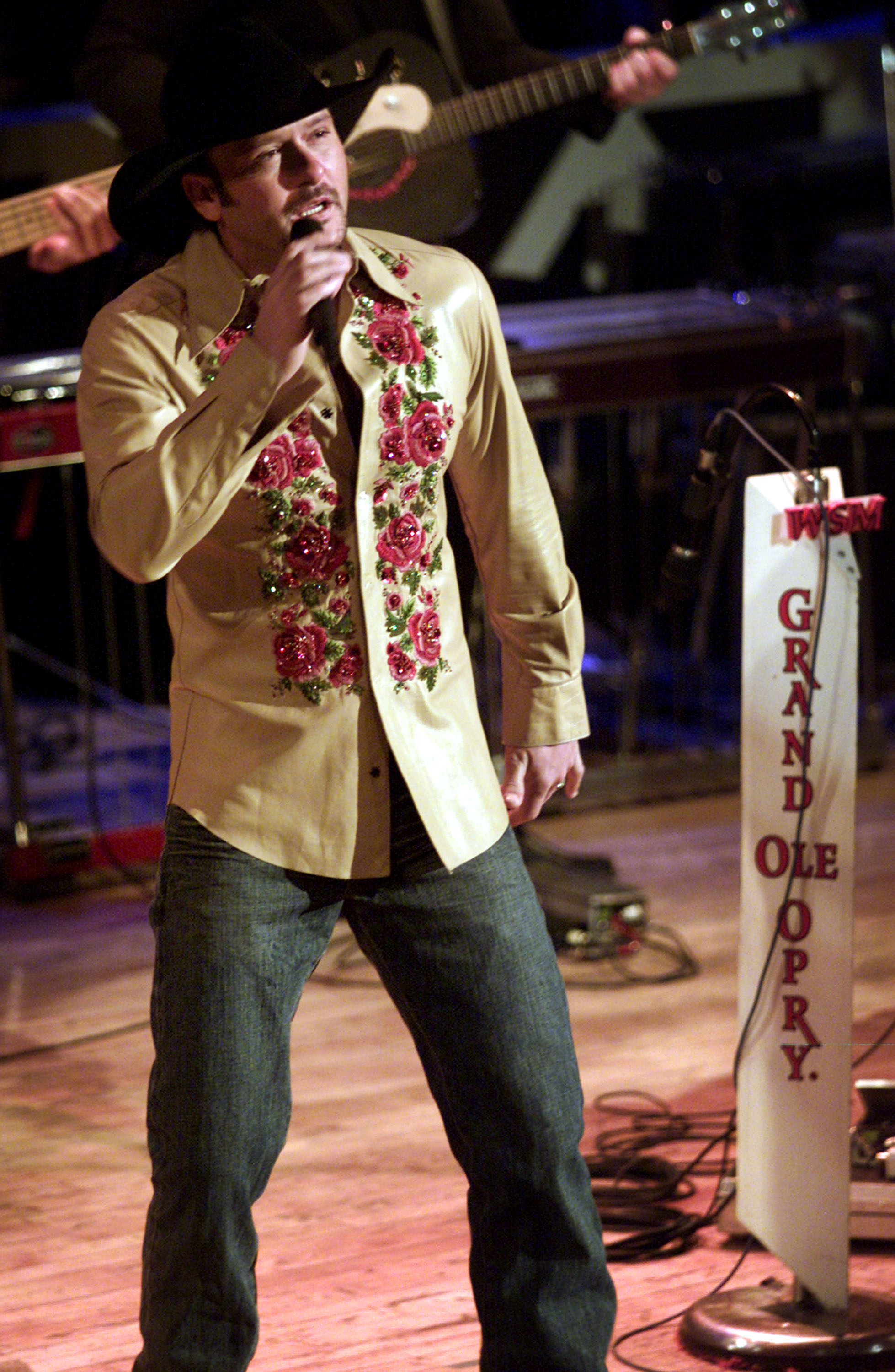
Country music was first recorded in the 1920’s. At about the same time, radio stations across the United States began broadcasting country music radio programs. Radio and records greatly increased the popularity of country music, attracting fans from outside the South. Radio and records also led country music to interact with other forms of music. This interaction changed the character of country music. New instruments appeared, and new styles emerged. These styles combined country music with the sounds of jazz, rock ‘n’ roll (also spelled rock and roll), and pop music.
Over the decades, country music has evolved into one of the most important divisions of the American music industry. In the early 2000’s, country music was more popular than at any other time in its history.
The characteristics of country music
Country music can be identified by its instrumentation, song lyrics, and vocal style.
The instruments
used in country music vary with each style, but stringed instruments are common to nearly all country bands. The stringed instruments that made up the basic ensemble of early country music were the fiddle from Europe, the banjo from West Africa, the guitar from Spain, the dulcimer from Germany, and the mandolin from Italy.
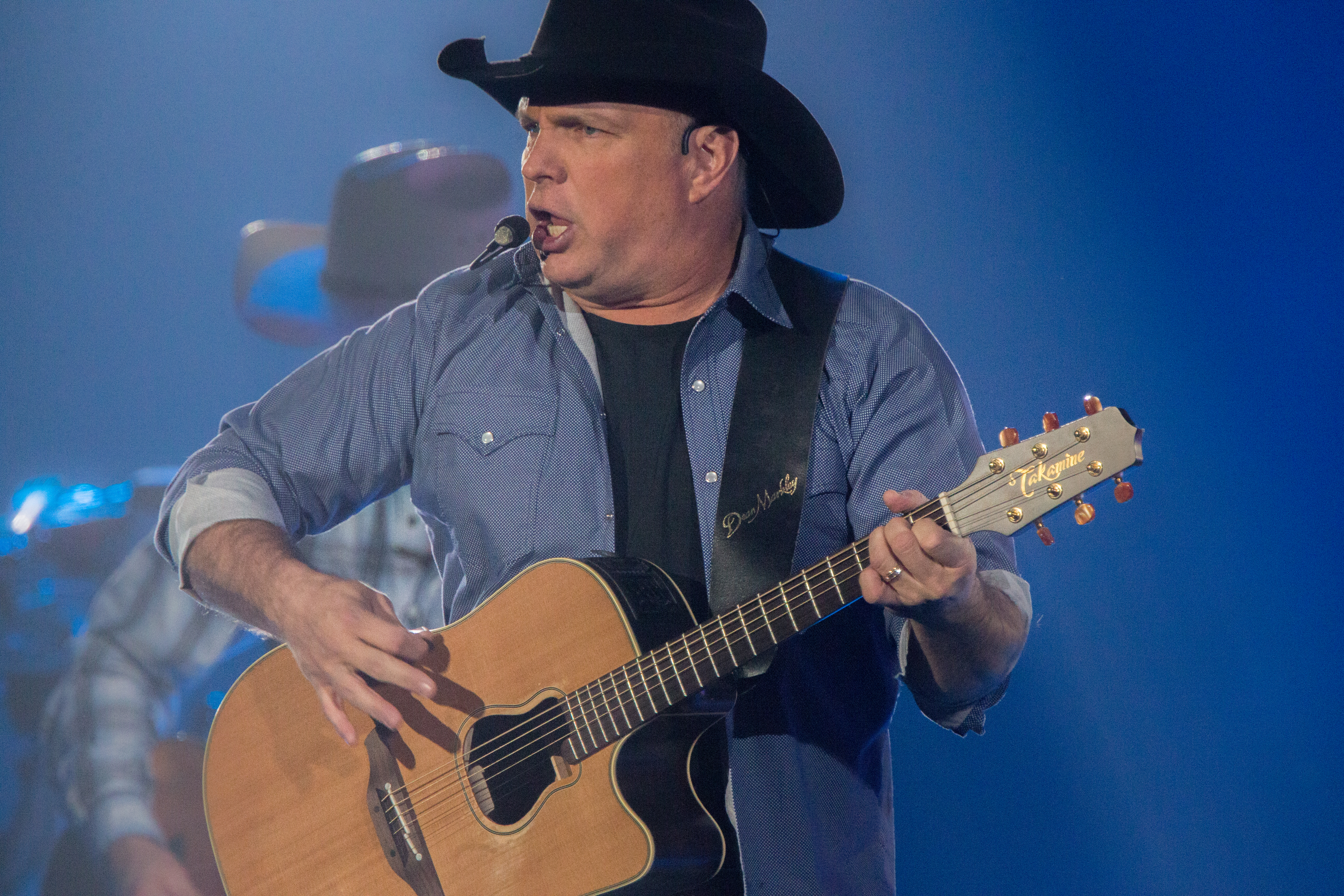
As country music came under the influence of other kinds of music, additional instruments were added. They included the Hawaiian steel guitar, the piano, the double bass, the drum, and brass and reed instruments. Country musicians first played electrically amplified instruments in the 1930’s. Today, amplified instruments dominate country recordings and live performances.
Country lyrics
tell stories in clear, simple language. Most describe the common experiences of ordinary people. Many songs deal with love and romance. Some are happy songs, but others explore the loneliness and loss that result when love ends or when married couples are unfaithful. Some country songs have sacred themes, reflecting the historical importance of religion in Southern life. Other country songs offer advice on how life should be lived. They express sadness about the loss of a rural way of life and the loss of closeness among families and neighbors.

Some country songs, especially older ones, describe historical events or events in the news. For example, many country songs described wars and natural disasters, such as floods and shipwrecks. During the Great Depression, a worldwide economic slump in the 1930’s, many country songs dealt with unemployment and homelessness. During World War II (1939-1945), some country songwriters wrote patriotic songs.
Vocal styles.
Country performers sing in a clear voice and pronounce the words carefully, so listeners can understand the song. Performers also try to sing with sincerity to show they understand the meaning of each line. Many country performers sing in an accent associated with the speech of the southern United States. For example, the high-pitched nasal accent spoken in the Appalachian Mountains became a prominent part of the singing styles of Bill Monroe and Dolly Parton. 
Country singers are usually accompanied by a band. But some country singers, including Garth Brooks, Glen Campbell, Mary Chapin Carpenter, and Willie Nelson can perform alone and provide their own accompaniment, usually on guitar.
Varieties of country music
Country music is performed in a variety of styles, including old-time, Western swing, cowboy, bluegrass, Cajun, honky-tonk, rockabilly, the Nashville sound, and the Bakersfield sound. Each style is characterized by its own instrumentation and its own approach to singing.
Old-time music
is the oldest style of country music. It refers to the string bands and vocalists that were common when country music was first recorded in the 1920’s. The most common instruments in old-time bands were the fiddle, banjo, and guitar. Many old-time songs are folk tunes drawn from the roots of country music. In the 1920’s and 1930’s, such bands as the Stoneman Family and the Skillet Lickers performed in old-time style. In the 1960’s, a group called the New Lost City Ramblers revived old-time music. In the 1990’s and early 2000’s, many young performers carried on the tradition.
Loading the player...Old-time country music
Western swing music
developed in the 1920’s and 1930’s in Texas and Oklahoma. Western swing combines country music with big-band jazz music. Western swing bands feature fiddle, guitar, and steel guitar. They also include instruments common in jazz bands, including piano, trumpets, saxophones, and drums. Milton Brown, Spade Cooley, Tex Williams, and Bob Wills led popular Western swing bands in the 1930’s and 1940’s. Johnny Gimble first became known for his Texas swing in the 1950’s and continued to perform into the early 2000’s.
Loading the player...Western swing music
Cowboy music
became popular in the 1930’s and 1940’s, when singing cowboy movies were produced in Hollywood. Gene Autry, Tex Ritter, Roy Rogers, and the Sons of the Pioneers all had careers as country singers and appeared in many cowboy movies. Most songs described life in the West. Singers were accompanied by guitar, and sometimes by accordion, fiddle, or harmonica. Professional composers from Hollywood and New York City wrote most of the songs in cowboy movies.
Loading the player...Country music: Cowboy music
Bluegrass music
developed in the 1940’s with the music of Bill Monroe and the Blue Grass Boys. A typical bluegrass band includes guitar, banjo, fiddle, mandolin, and bass. Bluegrass groups also sometimes feature a kind of steel guitar called a dobro. Bluegrass music, like old-time music, remains close to the folk roots of country music. But bluegrass features complex vocal and instrumental solos and elaborate harmony singing. Bluegrass performers sing in a high-pitched, nasal style characteristic of the speech in eastern Kentucky and Tennessee. Lester Flatt and Earl Scruggs were important bluegrass performers from the 1940’s through the 1960’s. The fiddler and singer Alison Krauss and her group Union Station were responsible for a renewed interest in the style in the 1990’s and early 2000’s.
Loading the player...Bluegrass music
Cajun music
developed in southern Louisiana in the late 1800’s and early 1900’s. Cajun refers to French-speaking people from Canada who settled in Louisiana and Texas in the mid-1700’s. The basic instruments in Cajun bands are the fiddle and accordion. Cajun bands also sometimes use triangles, guitars, and drums. Most Cajun songs are in French, and the music often accompanies dancing. Prominent performers of Cajun music included the group the Hackberry Ramblers during the 1930’s and Harry Choates in the 1940’s. During the early 2000’s, Cajun music took on a more modern sound. Prominent Cajun musicians since the 1980’s include Roddie Romero and the Hub City All-Stars, Damon Troy, and Steve Riley and the Mamou Playboys.
Loading the player...Cajun accordion music
Honky-tonk music
developed in Texas and Alabama in the late 1940’s and early 1950’s. The style took its name from small working-class nightclubs called honky-tonks, where the music was first performed. Honky-tonk music was louder and had a stronger beat than other types of country music. Honky-tonk bands expanded the role of amplified instruments in country music. Most honky-tonk songs tell sad stories about love and romance. Many describe how life’s difficulties lead people to escape through drinking. Most honky-tonk singers write their own songs. Early honky-tonk stars, such as Lefty Frizzell, George Jones, and Hank Williams, became role models for Garth Brooks, Dwight Yoakam, and many other country performers in the 1990’s and early 2000’s.
Loading the player...Honky-tonk music
Rockabilly music
emerged in the mid-1950’s in Memphis. This style combined country music with rock ‘n’ roll and rhythm and blues. Rockabilly instruments include electric guitar, bass, piano, and drums. Jerry Lee Lewis, Carl Perkins, and Elvis Presley were major rockabilly entertainers. Johnny Cash began his career as a rockabilly performer. By the end of the 1960’s, rockabilly began to shift away from rock ’n’ roll, and many rockabilly musicians returned to a more mainstream country style. Numerous country performers of the 1990’s and early 2000’s have been influenced by rockabilly music, including the Mavericks and Mark Collie.
Loading the player...Rockabilly music
The Nashville sound
developed in Nashville during the mid-1950’s and early 1960’s. This style places country songs in musical settings associated with popular music. The singer’s voice is full and smooth. The arrangements may include violin sections and background choruses. Record producers Chet Atkins, Owen Bradley, and Billy Sherrill shaped the Nashville sound. Singers Eddy Arnold, Patsy Cline, Floyd Cramer, Jim Reeves, Charlie Rich, and Tammy Wynette performed in this style. In the 1970’s and 1980’s, Lee Greenwood, Barbara Mandrell, and Kenny Rogers recorded in the Nashville sound. Loading the player...
Country music: Nashville sound
The Bakersfield sound
began to challenge the Nashville sound in the early 1960’s. Named for a California city, this country sound blended honky-tonk with elements of Western swing and relied on electronic instruments and amplification. Among its star performers were Tommy Collins, Merle Haggard, Buck Owens, Wynn Stewart, Merle Travis, and Faron Young.
History
The roots of country music.
Country music developed during the 1800’s in the South. Four types of music combined to form the basic sound of early country music: (1) folk ballads and fiddle tunes from Britain and Ireland, (2) blues of Black Southerners, (3) Southern religious music, and (4) American popular songs from the 1800’s.
Beginning in the 1600’s, immigrants from England, Ireland, Scotland, and Wales brought their folk music to what is now the southern United States. The music featured fiddling and singing. Solo fiddlers played dance music at social events, such as country dances and weddings. Ballads and other folk tunes were sung by one person, sometimes accompanied by a fiddle.
By the early 1900’s, mail-order catalogs and traveling salesmen made guitars, banjos, and mandolins widely available to people in the rural South. These instruments combined with the fiddle to form the basic country string band.
British folk music blended with the religious music of the rural South. This religious music included hymns and, beginning in the late 1800’s, gospel songs and spirituals. During the 1920’s and 1930’s, the Carter Family and the Stoneman Family played stringed instruments and sang gospel tunes, old love songs, and folk ballads. 
Because Black people and white people lived close together in the southern United States, they shared their traditional styles of music. Lyrics, song structure, and rhythmic guitar styles drawn from the blues music of African Americans are part of the folk heritage of country music. Country music’s first superstar, Jimmie Rodgers, performed in a style influenced by Black blues singers. Rodgers composed blue yodels, which combined story songs similar to British ballads with the mournful performance style of the blues.
When country music was first recorded in the 1920’s, musicians performed pop-music songs, such as “The Baggage Coach Ahead,” along with folk songs and blues numbers. Vernon Dalhart, one of country music’s first stars, began his career as a pop singer with training in opera. One of Dalhart’s hit records had an authentic folk song, “The Wreck of Old 97,” on one side and a sentimental pop tune, “The Prisoner’s Song,” on the flip side. Ever since, country music has been strongly affected by mainstream pop music. This influence has occurred despite the objection of some country fans and performers who feel that country music loses its rural, Southern identity when it sounds too much like pop music.
Early commercial success.
During the 1920’s, the rapid development of radio and the recording industry transformed country music from an informal folk art into part of the American entertainment industry. Radio stations broadcast country music across the United States. Records enabled musicians to hear a performance over and over to study lyrics and method of playing.
In 1924, radio station WLS in Chicago began broadcasting a live program of music and comedy. Most of the music was country. The program was later called “The National Barn Dance.” In 1925, WSM in Nashville began a similar radio program called “The WSM Barn Dance.” George D. Hay hosted this program, which he renamed the “Grand Ole Opry” in 1927. Uncle Dave Macon was the first Opry star. Beginning in 1938, Roy Acuff became a dominant Opry figure. During the 1920’s and 1930’s, live country radio programs broadcast from many U.S. cities, including Atlanta; Cincinnati; Fort Worth, Texas; and Wheeling, West Virginia.
Each country music radio program ran for two to three hours, usually one or two nights each week. The programs featured string bands, fiddlers, and guitar and piano soloists, as well as comedians and rural poets. All the programs included advertisements for products of interest to people living in rural areas. Most shows were performed in front of a studio or theater audience. The radio stations were powerful, and no other station was allowed to broadcast on their assigned frequencies. Therefore, the programs could be heard many miles from their station of origin. Nashville’s “Grand Ole Opry” on WSM, for example, could be heard from Florida to southeastern Canada.
Radio shows provided employment for country singers and their bands and allowed them to be heard across the country. Performers could sing their latest record release, stimulating record sales. Performers could also encourage concert ticket sales by telling listeners where and when they would be performing.
Country music became available on records about the same time that country radio shows appeared. Most record companies were in New York City. Country musicians sometimes traveled north to record in New York studios. The first country recording, Eck Robertson’s rendition of the old-time fiddle tune “Sallie Goodin,” was recorded in New York City on June 30 or July 1, 1922. Vernon Dalhart lived in the North and did all of his recording in New York City.
Sometimes record producers traveled to the South on field trips to record music. Producers set up temporary studios and used portable recording equipment. Ralph Peer and Arthur E. Satherley were record producers from New York City who pioneered field recording of country music. Peer discovered Jimmie Rodgers and the Carter Family at a two-week field recording session in 1927 in Bristol, a Tennessee-Virginia border town.
With radio and records, country musicians could listen to jazz, Hollywood movie music, and other types of music that were popular outside of the rural South. Country performers and songwriters soon began to incorporate these styles into their music. As a result, several important styles of country music developed during the 1930’s. Gene Autry, who had appeared on the WLS “National Barn Dance,” made his first singing cowboy film in 1935. Bob Wills began recording Western swing music in 1935. In 1939, Bill Monroe formed the Blue Grass Boys, marking the birth of bluegrass music. Meanwhile, such bands as the Carter Family kept the folk tradition alive. Beginning in 1927, the Carter Family recorded over 300 songs, including such love songs as “Wildwood Flower,” and songs of inspiration, such as “Will the Circle Be Unbroken.” 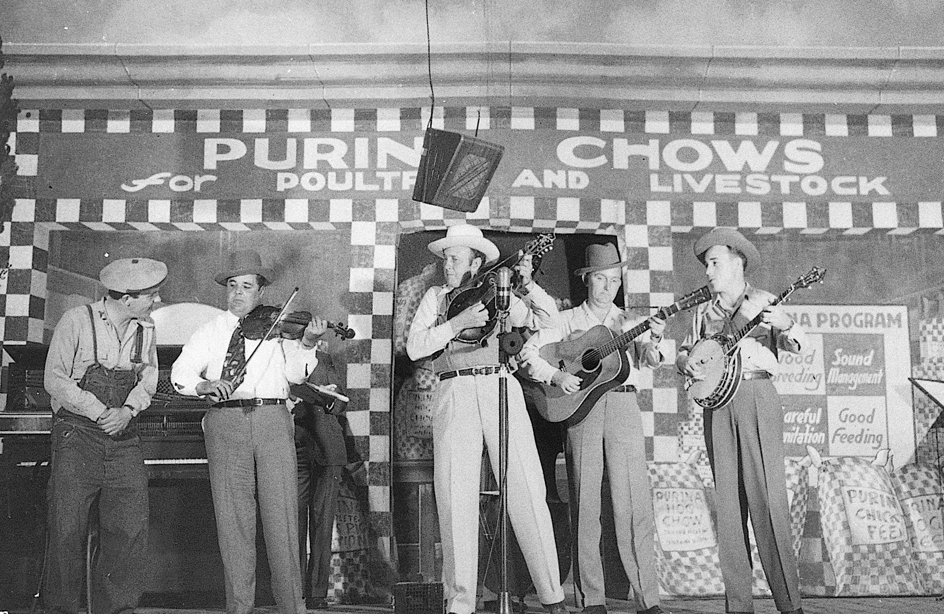
Country music continued to grow in popularity during the Great Depression. Country radio programs provided free entertainment and helped lighten the burden of hard times. Record companies introduced inexpensive lines of country recordings so fans could buy records when money was scarce.
Emergence of the country music industry.
World War II produced changes in American society that had an impact on country music. During the war, many rural Southerners left their farms to move close to factories in big cities. In addition, Southern men traveled to Europe and Asia with the United States military forces. These transplanted Southerners carried their records and taste for country music with them. The number of country fans outside the southern United States grew even larger, and country music made new fans overseas.
Country music began to reflect its changed audience. For example, honky-tonk music, with roots in Texas, emerged soon after the war and was associated with displaced rural people. Honky-tonk songs rarely dealt with farm life. Rather, they described the problems of working-class Americans, including broken marriages, troubled families, and alcoholism. 
During the 1940’s, Nashville began to emerge as a center for country music. The “Grand Ole Opry” became the most important country music radio show, and country music publishing became an important Nashville business.
In 1943, Roy Acuff and songwriter Fred Rose formed Acuff-Rose Publishing in Nashville. In 1946, Acuff-Rose signed Hank Williams as a songwriter. Williams, also a singer, made hit recordings of his own songs. Many of Williams’s songs, including “Your Cheatin’ Heart” and “Cold, Cold Heart,” were also hits when recorded by pop singers. Although Hank Williams died in 1953 when he was only 29 years old, he is considered the most influential singer and songwriter in country music history.
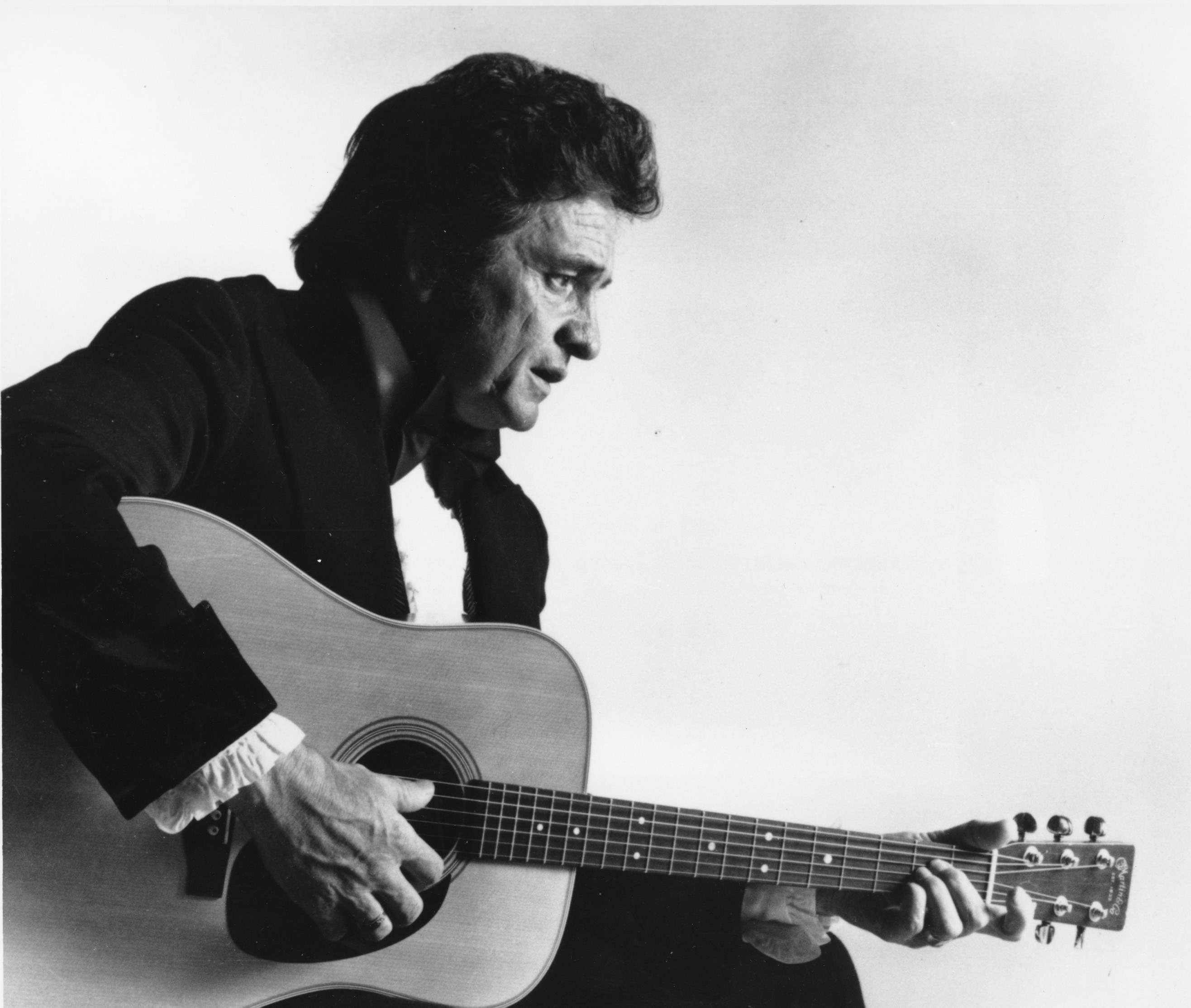
To increase the exposure of country music, record companies and radio stations aggressively promoted country singers and songwriters. The Country Music Association (CMA) was formed in 1958 to promote country music. The CMA organized concerts in big cities and initiated an annual country music awards show. From 1955 to 1960, the “Ozark Jubilee,” a live ABC television broadcast from Springfield, Missouri, brought widespread exposure to country music.
In the late 1950’s and early 1960’s, the Nashville sound developed. This style combined country music with elements of pop music to create a sound that had broad commercial appeal. A small pool of talented instrumentalists, called session musicians, played on nearly all country records cut in Nashville. These musicians developed a relaxed approach to performing that did not require written music. Guitarist and producer Chet Atkins, and pianist Floyd Cramer were top session musicians.
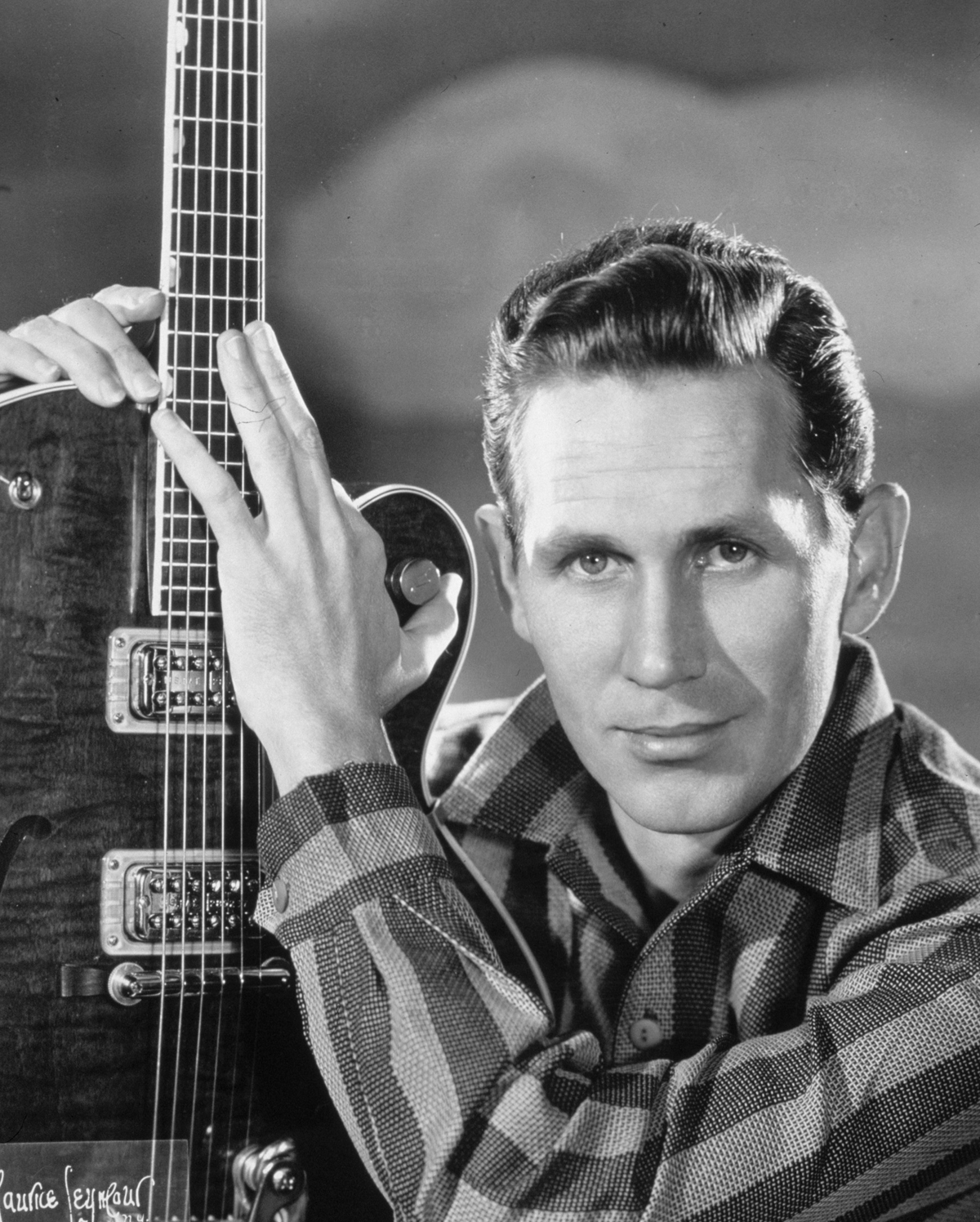
Many Nashville singers, including Eddy Arnold, Patsy Cline, and Jim Reeves, recorded songs that were hits with both country and pop fans. Such recordings were called crossover hits, because they crossed over from one type of music to another. Reeves’s “He’ll Have to Go,” Cline’s “Crazy,” and Arnold’s “Make the World Go Away” were major crossover hits in the Nashville sound. 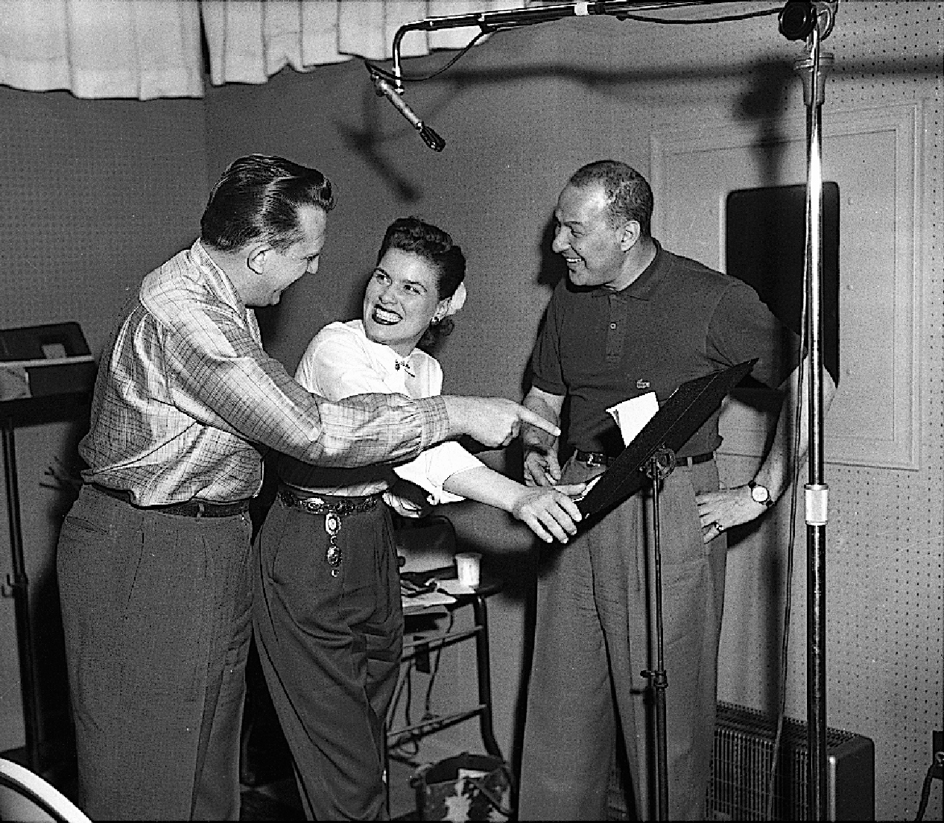
By 1965, country music had regained the audience it had lost to rock ‘n’ roll, and had attracted new fans. The promotional work of the CMA and the popularity of the “Grand Ole Opry” and the Nashville sound ensured the renewed success of country music.
Modern country music.
The 1960’s were years of expansion and prosperity for the country music industry. Many new recording studios and record companies were opened. Loretta Lynn and Tammy Wynettte became popular during the 1960’s, bringing new prominence to the role of women in country music. 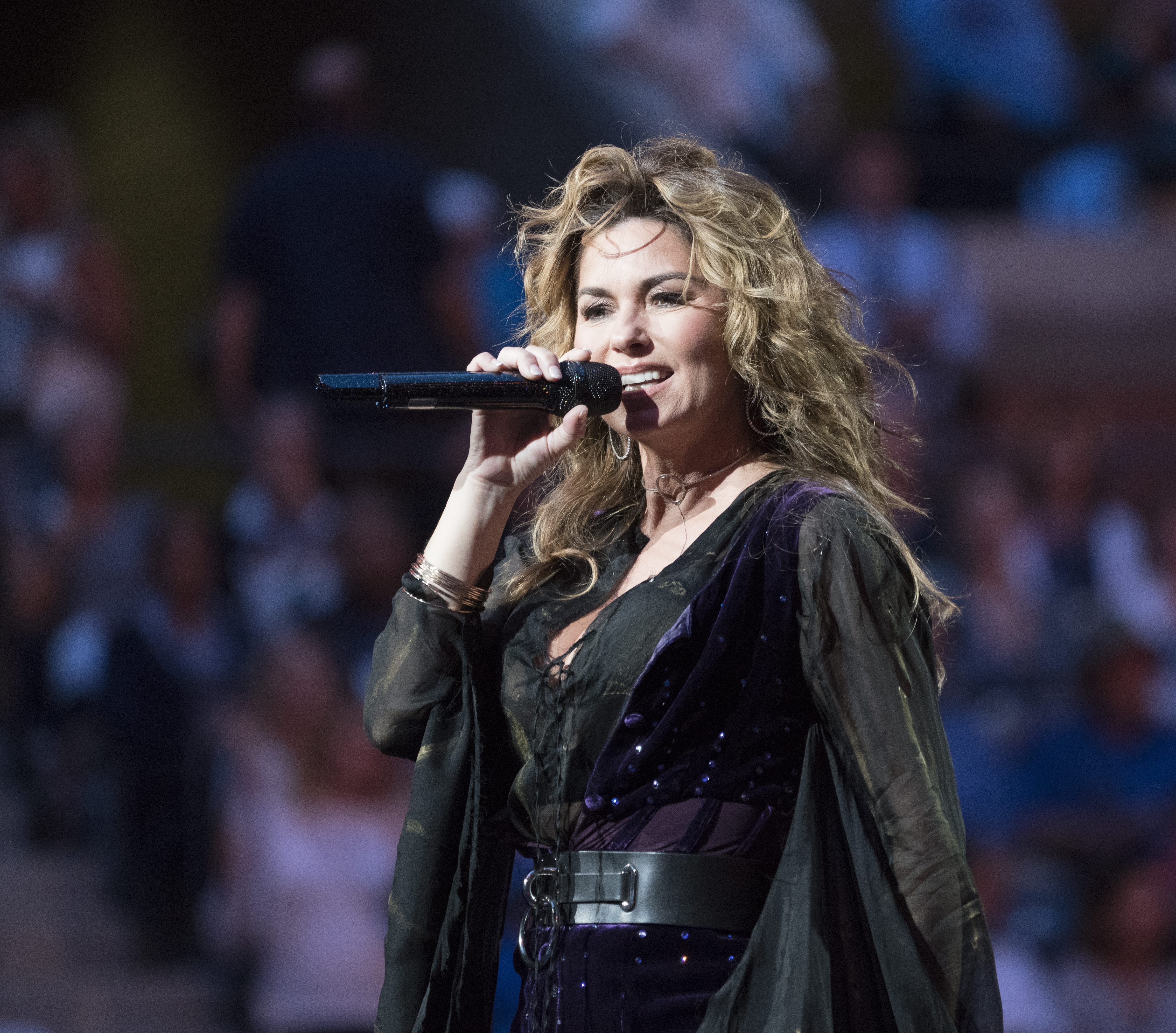
A new style called country rock emerged that rejected Nashville-produced music and included elements of both rock and country music. In the 1960’s and 1970’s, innovators of this crossover style were rock bands, such as the Byrds and the Eagles. In the years that followed, many famous country artists were drawn to country rock, such as Garth Brooks, Steve Earle, Faith Hill, Juice Newton, Shania Twain, Keith Urban, Hank Williams, Jr., and Dwight Yoakam.
However, Nashville continued to dominate as a center for country music recording, publishing, and songwriting. During the late 1960’s, most country recordings contained elements of the Nashville sound. Only Bakersfield and its unique sound competed with Nashville as a center for country music recording and songwriting.
By the mid-1970’s, some people in the country music business had grown tired of the Nashville sound. The same musicians played on nearly every recording, and many felt that their work was no longer creative. Many country fans and performers felt that Nashville music had become too close to mainstream pop music.
Some country musicians, notably the Glaser Brothers, Waylon Jennings, and Willie Nelson, rejected the conservative Nashville sound. These singers and songwriters were called outlaws. The outlaws began to make records in Austin. They often recorded with members of their touring bands rather than with session musicians. More importantly, the outlaws returned to earlier, more traditional styles of country music. Many outlaws, including Waylon Jennings and Willie Nelson, performed in honky-tonk style. Others, such as Emmylou Harris, performed in an updated bluegrass style. 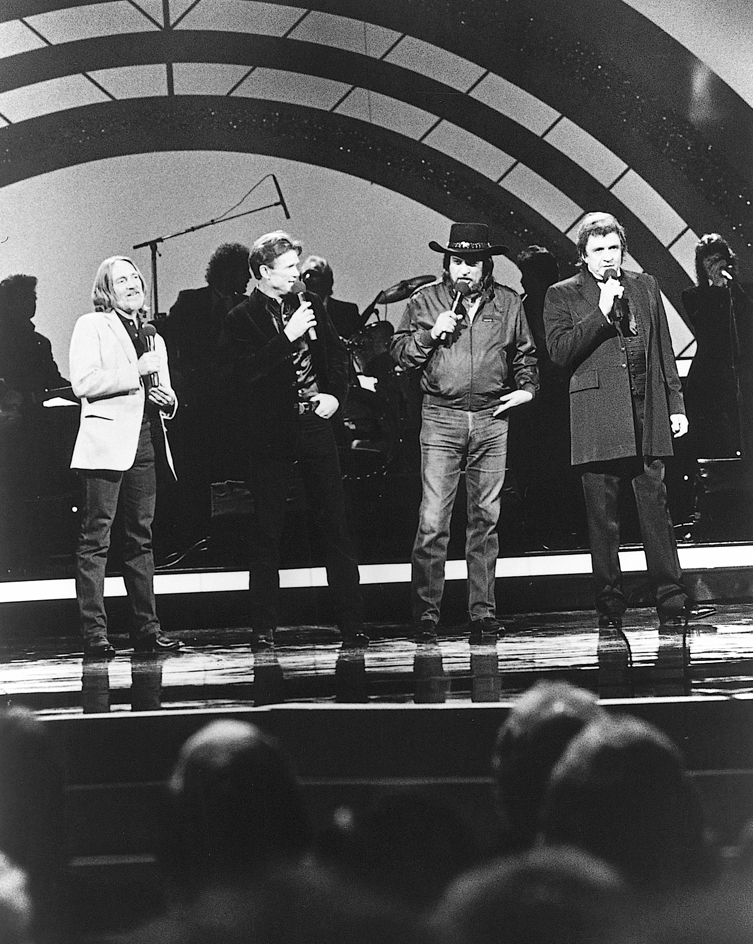
The outlaws began a process of change in country music that continued into the 1990’s. Much country music in the late 1970’s and 1980’s resembled country music of the 1950’s, before the Nashville sound had emerged. Despite the influence of the outlaws, some country singers, including Lynn Anderson, Lee Greenwood, and Barbara Mandrell, recorded hit songs that were pop in style. Some performers, such as Dolly Parton and Kenny Rogers, made records in both traditional country and pop styles. Rogers, for example, recorded such country songs as “Lucille” (1976) and “The Gambler” (1978), as well as pop hits, including “You Decorated My Life” (1979). Parton composed many of her songs, such as the country hit “I Will Always Love You” (1974) and the pop hit “9 to 5” (1980).
In the late 1980’s and early 1990’s, a number of young country performers came to prominence who had been influenced by the outlaws. These performers were called new traditionalists. They rejected musical influences that had made country music sound like pop music and returned to the styles of earlier years.
Many new traditionalists drew upon the music of Hank Williams and other honky-tonk performers of the 1950’s. Garth Brooks, Randy Travis, and Dwight Yoakam were prominent new traditionalists who performed in a honky-tonk style. Randy Travis sang heartfelt love songs, such as “On the Other Hand” (1985), in the manner of honky-tonk singers Lefty Frizzell and Merle Haggard. New traditionalist George Strait evoked Western swing with such recordings as “All My Ex’s Live in Texas.” Singer and songwriter Ricky Skaggs showed the influence of bluegrass in such songs as “Don’t Get Above Your Raisin’.”
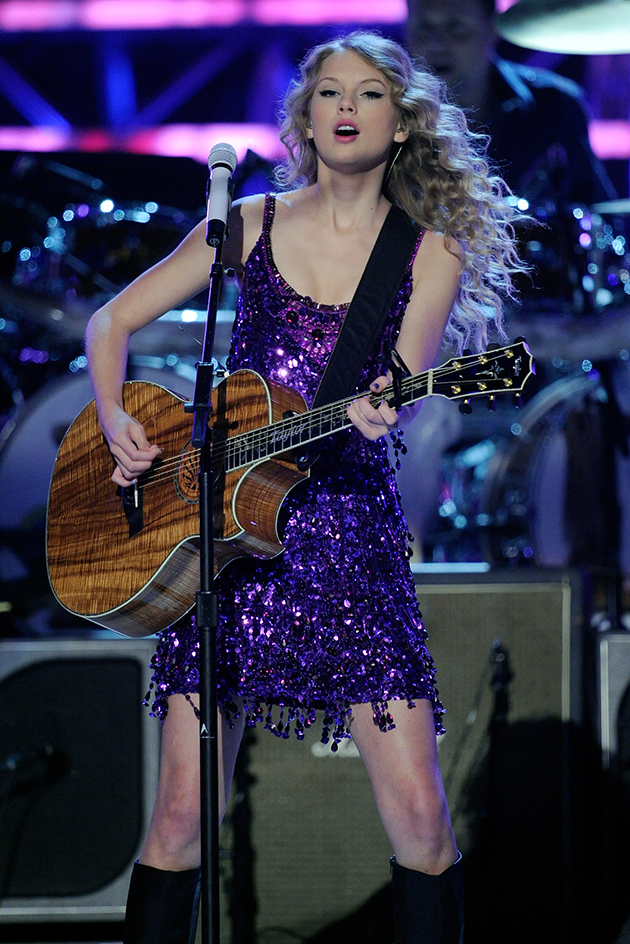
One of the most popular new traditionalists was singer and songwriter Garth Brooks. He combined a honky-tonk singing style with elaborate stage shows similar to those in rock music. Brooks wrote realistic songs about everyday life. Some of his songs, such as “The Thunder Rolls” and “We Shall Be Free,” discussed political and social problems.
Like Brooks, a number of other popular country stars also combined styles from country music’s past with modern music videos and stage productions. These performers included Clint Black, Vince Gill, Faith Hill, Alan Jackson, and Reba McEntire.
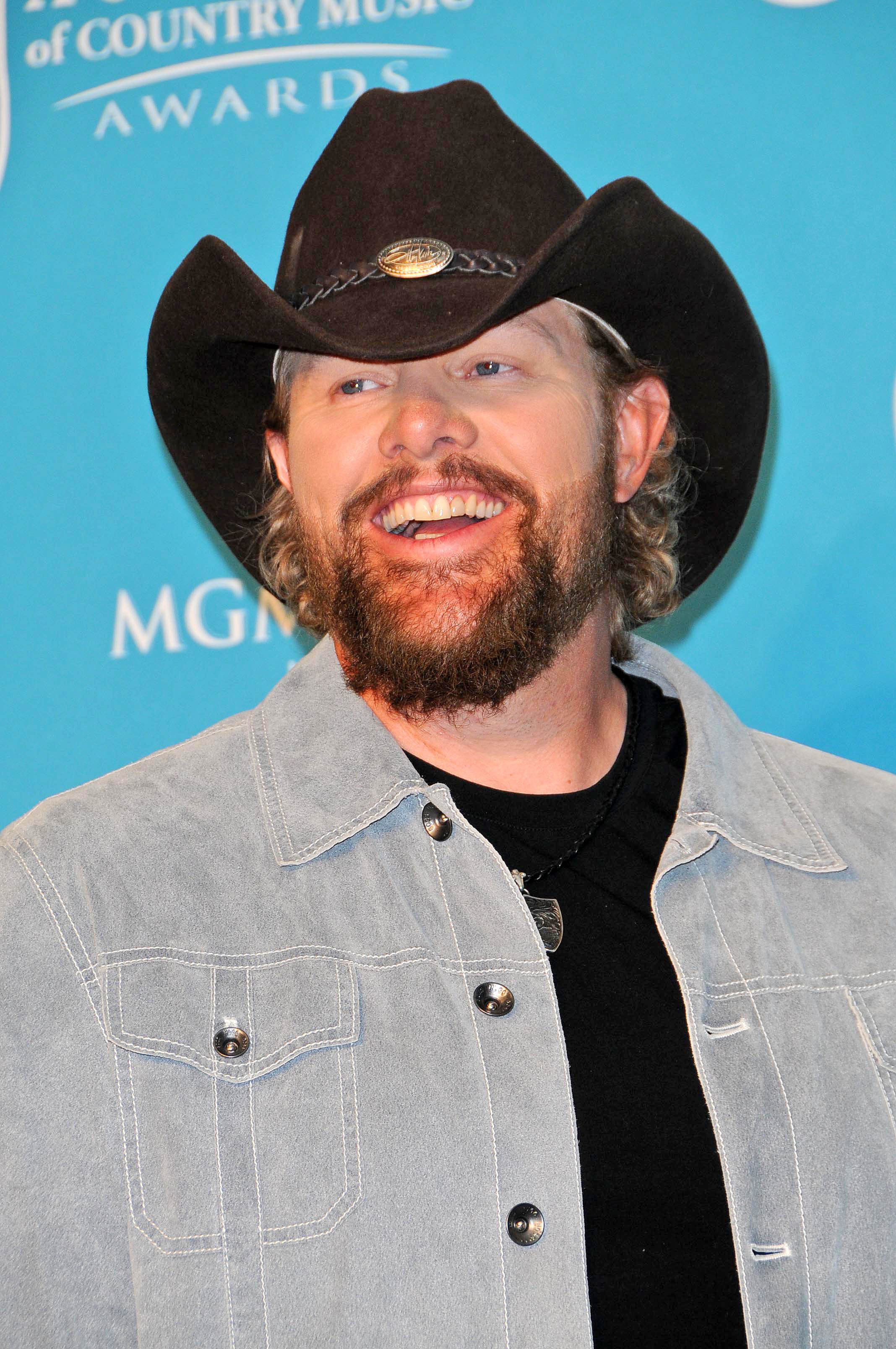
During the early 2000’s, the entire music industry experienced a slump in sales. However, country music’s stars remained successful as recording artists and concert performers, and country music radio maintained its popularity. Today, country music often contains elements of pop, rock, and hip-hop music. Popular country performers of the early 2000’s included Jason Aldean, Luke Bryan, Toby Keith, Lady A (formerly Lady Antebellum), Brad Paisley, Rascal Flatts, Blake Shelton, Sugarland, Taylor Swift, Carrie Underwood, and Keith Urban .
